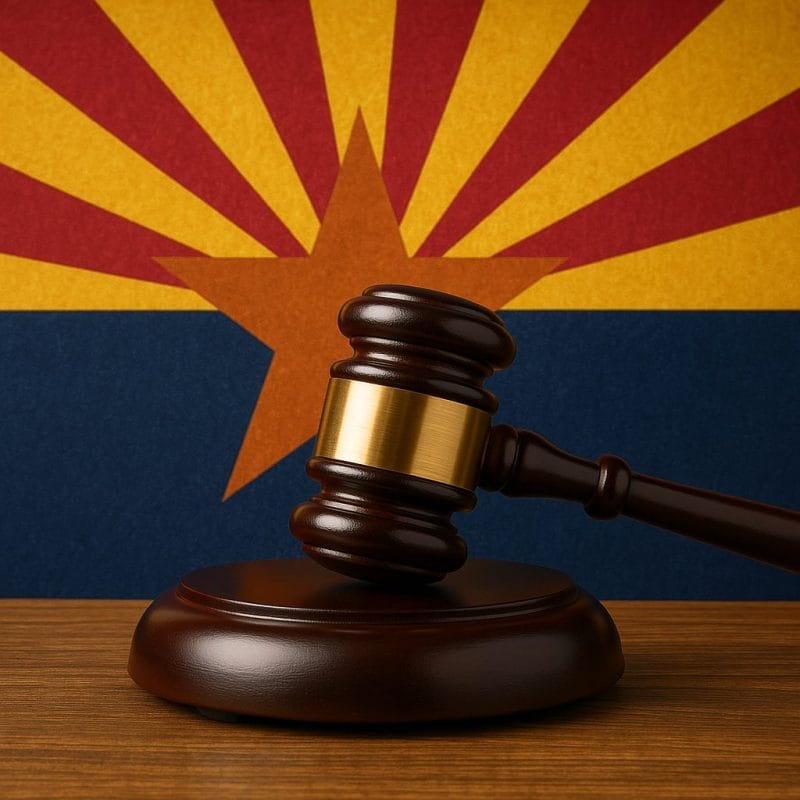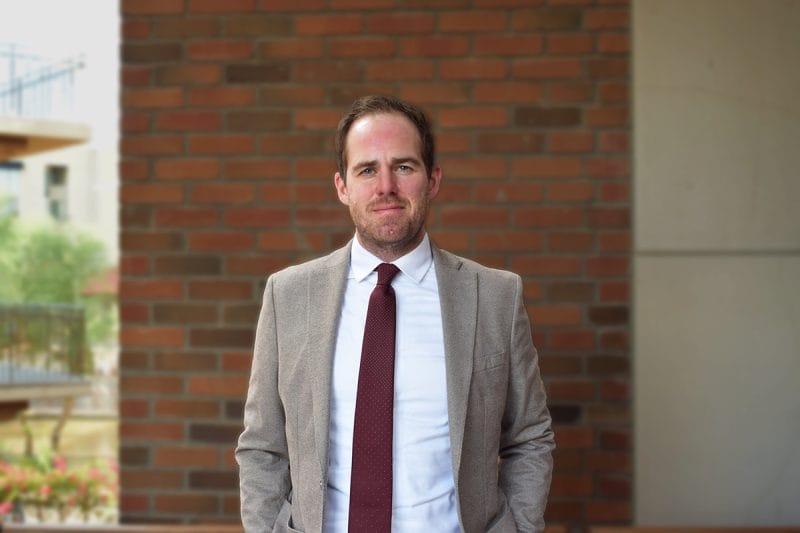By Nick Martin | The New Republic
Arizona, California, and Nevada will need to cut their use of Colorado River water by nearly 40 percent by 2050. A study by researchers at Utah State University, which the Arizona Daily Star reported this past Sunday, noted that Colorado, New Mexico, Utah, and Wyoming—the Upper Basin states—will have to reduce their usage, as well, though not by as much as those pulling water from the Lower Basin.
While Arizona water officials declined to engage with these findings when asked by the Star, Kathryn Sorensen, the research director of Arizona State University’s Kyl Center for Water Policy, told the paper that she agreed with “everything” in the study. “We are going to have to take a much harder look at how water is used in the basin,” Sorensen said.
To fully understand Southwest water use would require untangling a century of multistate, multination water laws and compacts, in addition to unraveling the ongoing causes of the current drought. But, viewed from 10,000 feet, the challenges and stakes of this notice are clear: In five years, the states and tribal nations in the Upper and Lower Basin regions are set to reconvene to draft a new set of guidelines that dictate how these entities will roll out water cuts in the event that the current water shortage crisis continues. But if the research produced by Utah State’s Colorado River Studies program is to be heeded, none of the stakeholders have that long to begin negotiations.








